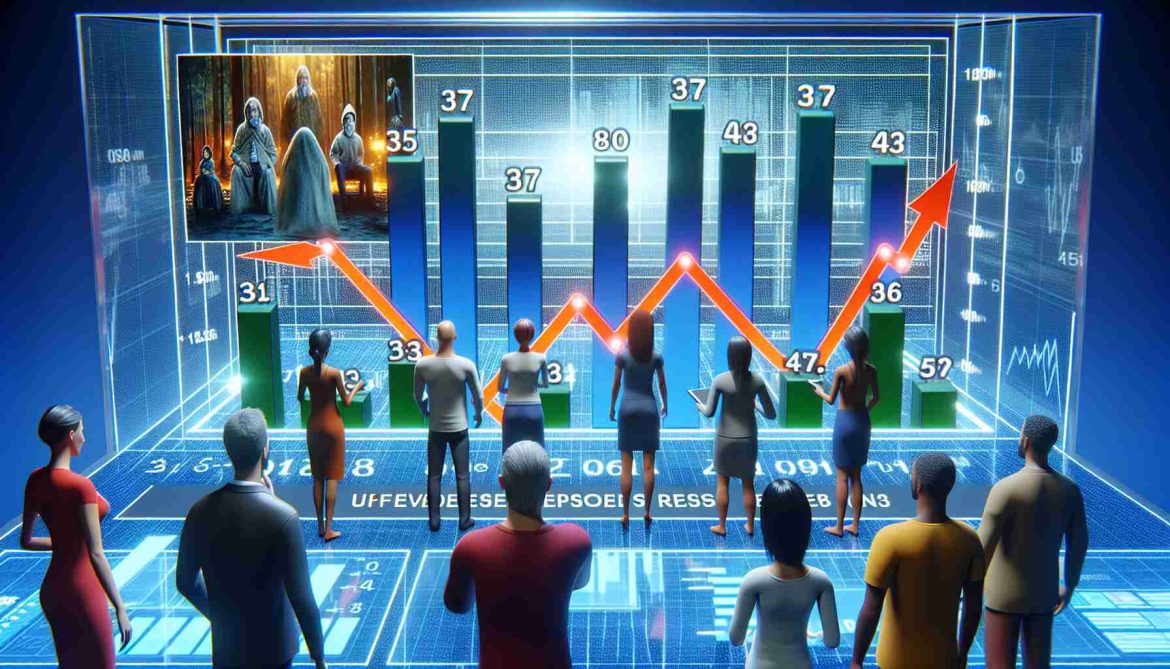Viewers’ opinions on episodes can drastically shift, affecting the rankings significantly. Series with stable standings contrast with those experiencing substantial position changes weekly. Series absence in a particular week substitutes the prior week’s episode as a placeholder.
The cumulative ranking for each series evolves weekly, reflecting scores provided for previous episodes. As the season progresses, rankings solidify to spotlight the true champions and underperformers.
It’s important to understand that rankings reflect relative quality, not absolute. Variations between top and bottom titles can be marginal, so lower placement doesn’t signify poor quality, but rather viewer preferences. Long-running series benefit from dedicated fans, while shorter series may struggle to gather enough votes for ranking.
Ultimately, rankings are an entertaining insight rather than statistically significant data. They present viewer inclinations through the Ranked pairs method, giving precedence to popular opinions while acknowledging unrated titles as abstentions. So, next time you spot your favorite lower in the list, remember it’s all about collective preferences!
Exploring Viewers’ Impact on Episode Rankings: Unveiling the Behind-the-Scenes Dynamics
As viewers navigate the ever-evolving landscape of episode rankings, there exist intriguing facets that often go unnoticed. Delving deeper into this dynamic realm prompts a series of essential questions that unravel the core of viewers’ impact on episode rankings. Let’s navigate through key insights and challenges in this exhilarating journey.
Key Questions:
1. How do viewer demographics influence episode rankings?
2. What role does social media buzz play in influencing rankings?
3. Can viewer engagement and interaction affect the positioning of episodes?
4. Are there disparities in rankings based on different platforms or rating systems?
Insights and Challenges:
Viewer preferences and opinions resonate differently across demographics, thereby influencing episode rankings. Notably, younger audiences might gravitate towards different genres or styles compared to older viewers, leading to fluctuations in rankings based on age groups.
The power of social media in amplifying viewer sentiments cannot be understated. A surge in online discussions, tweets, and fan theories can potentially propel an episode to new heights or, conversely, highlight its flaws, impacting the overall ranking.
Engagement metrics, such as views, likes, and comments, serve as indicators of audience interest and can sway rankings significantly. However, the challenge lies in deciphering genuine engagement from artificial manipulation or bias, posing a dilemma for ranking algorithms.
Diversity in ranking methodologies across platforms can pose a conundrum for viewers and content creators. While some systems prioritize user ratings, others may consider viewership numbers or critical reviews, leading to discrepancies in episode standings.
Advantages and Disadvantages:
On one hand, viewer impact on episode rankings offers a democratic platform for audience feedback and recognition of quality content. It serves as a barometer of viewer preferences, guiding future content creation and programming decisions.
Conversely, the subjectivity of rankings based on individual opinions and biases poses a challenge in maintaining objectivity and fairness. Content creators may face the pressure of catering to popular trends rather than focusing on artistic integrity or storytelling nuances.
Navigating the intricate landscape of episode rankings unveils a spectrum of opportunities and pitfalls, shaping the media industry’s narrative. As viewers continue to wield influence over rankings, the interplay of factors behind the scenes remains a captivating saga worth exploring.
For further insights on viewer impact and episode rankings, visit Entertainment Insider.



